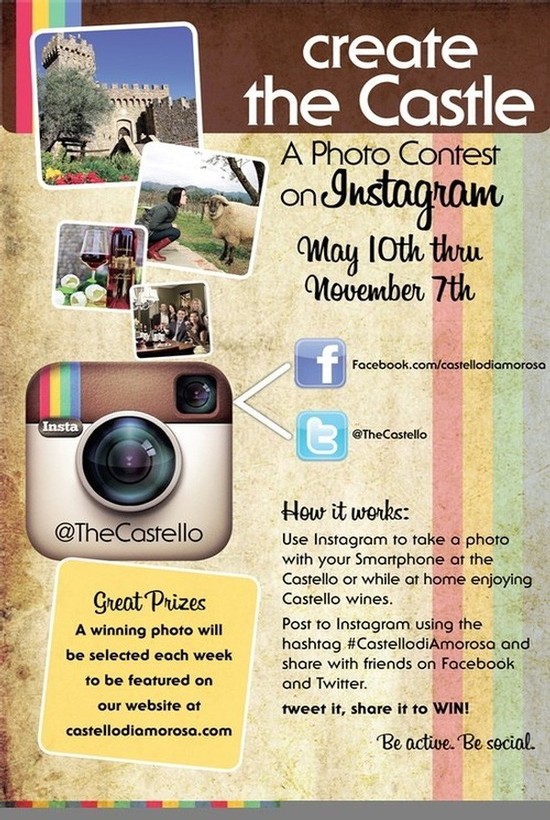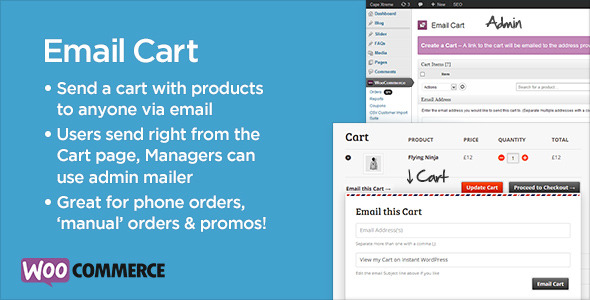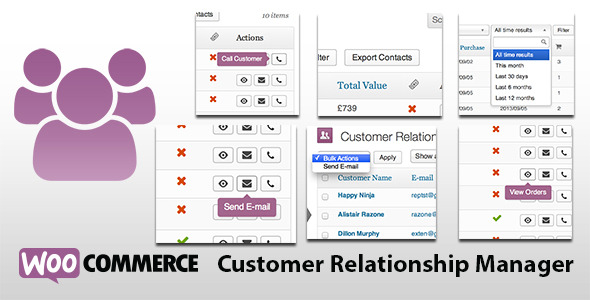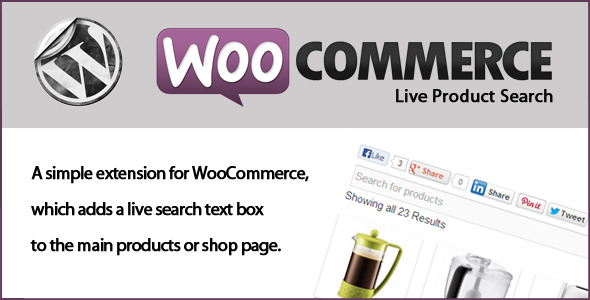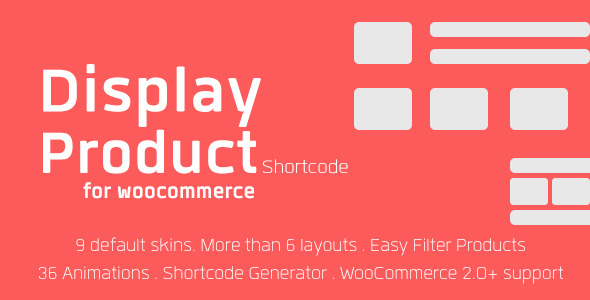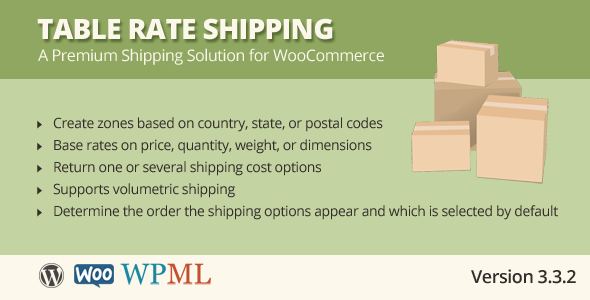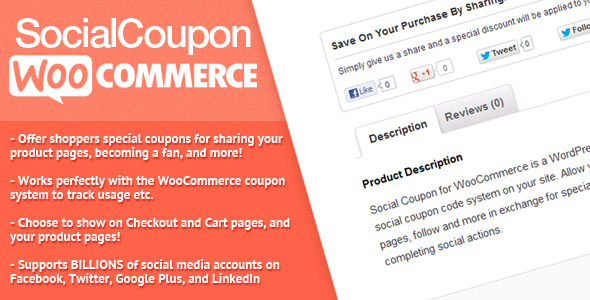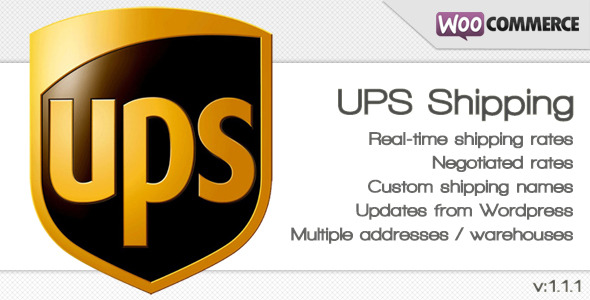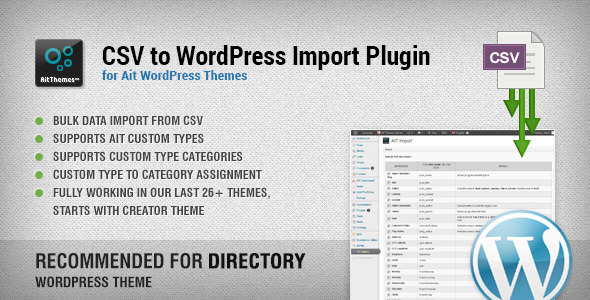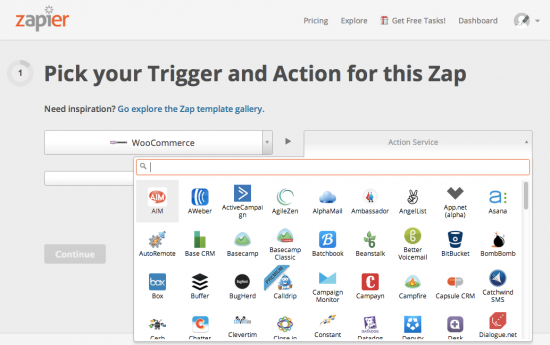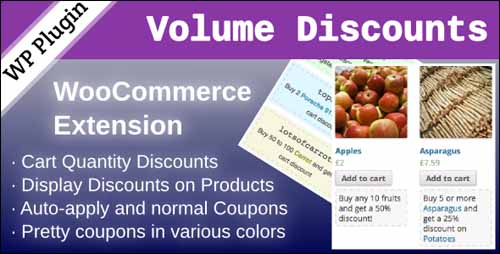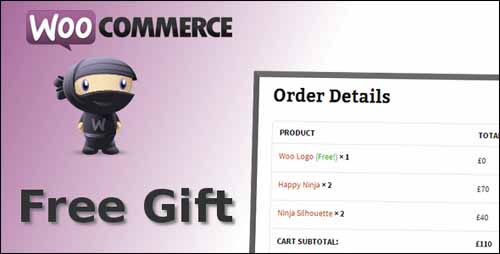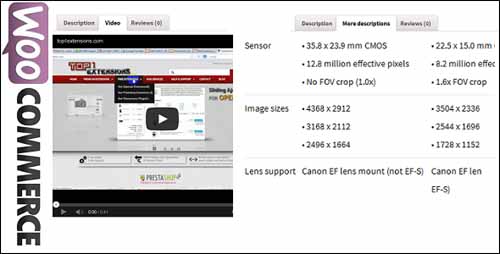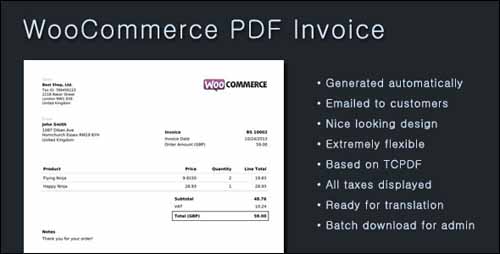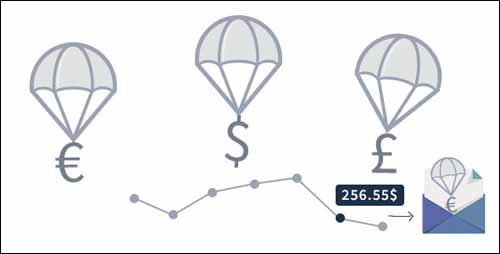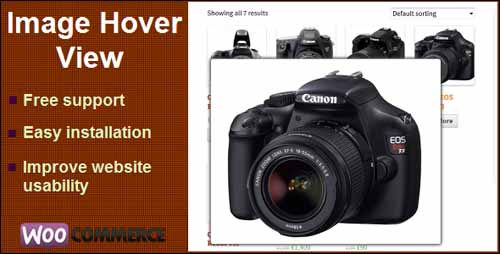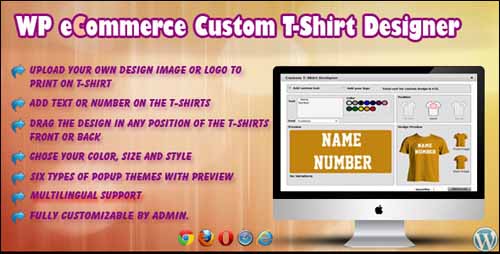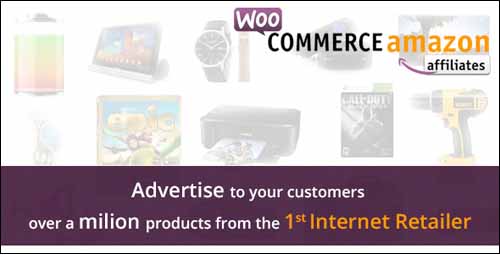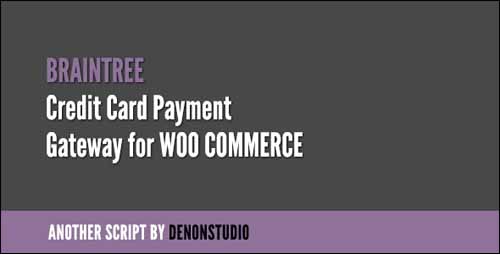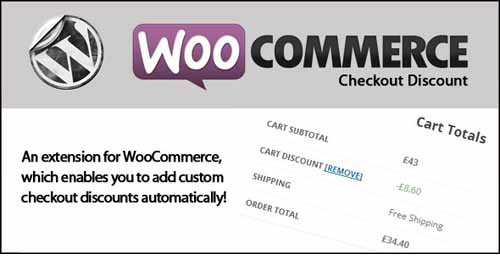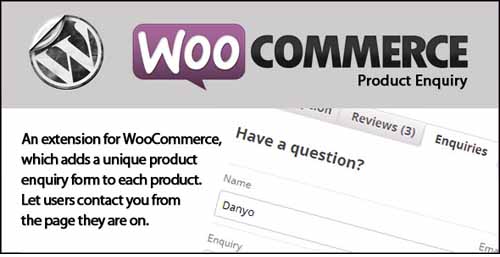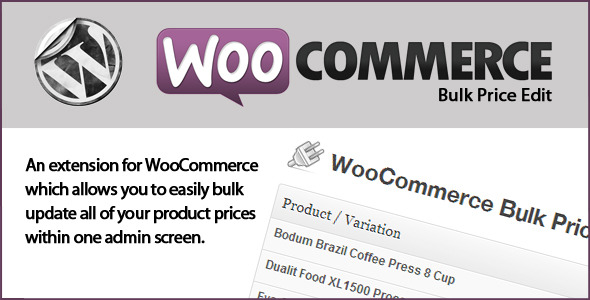New, “inbound marketing” strategies are more effective, cost less, and generate measurable results.
If your wine business relies on traditional PR methods to gain traction, you’re in for a harsh reality check moving forward in 2013. Gone are the days where copywriters and executives huddle together to craft the perfect message, and then broadcast it from the rooftops and attract hoards of interested customers.
As Bill Lee of the Harvard Business Journal points out in his article, “Marketing is Dead,”
“First, buyers are no longer paying much attention. Several studies have confirmed that in the “buyer’s decision journey,” traditional marketing communications just aren’t relevant. Buyers are checking out product and service information in their own way, often through the Internet, and often from sources outside the firm such as word-of-mouth or customer reviews.”

Are you attracting enough visitors to your website to convert leads?
The old model where customers learn about your product from television ads, magazines, radio and press releases is deprecated. Consumers wield the power to decide what they’re exposed to; they fast-forward through commercials, listen to streaming radio, and signup for do not call lists. They read consumer reviews, share their interests on social networks, and look to other peer experts for advice. They do not wait for your PR agency and executives to tell them what to think. They value privacy, and do not want overt
Power up social media
It’s up to companies to cultivate their brand image from the ground up by fostering brand-advocates and interacting with their customers directly  through social media. Here are some tools that might help you:
through social media. Here are some tools that might help you:
- Followerwonk – Find targeted Twitter users by keyword, location, and sort by their influence/reach.
- Topsy – This powerful tool searches various social/blogging/web channels for keywords you enter. Use it to find current conversations about your brand, similar products, or even competitors.
- Quora – A great place to find collective “thought leaders” for any number of topics. Users ask questions, and the answers are cultivated and scored based on their helpfulness.
- Twitter lists – Do you segment your followers? You should. Create lists for certain customers, bloggers, or other groups in your social circles. Google+ has a similar feature as well. For example, create a list for wine bloggers, and another for influential local residents, and one for your wine club members.
- Twitter search – Use Hootsuite to set up a monitor for a particular term. If you’re goal is to attract more tasting room visits, you could track things like “napa winery recommendation” or “Visiting Napa” – then reach out to any users who mention an upcoming trip to Napa.
Wrestle your data to win

You can gain a ton of insight into your customers with the right data – but sorting through it all can be challending.
In 2012 there was a lot of buzz surrounding “big data” and for good reason. It helped our President win an election, but without the right tools and help, it can be difficult to sort through the massive piles of information we have at our fingertips. But the insights are there, and you can find what you need to further your lead nurturing process if you look in the right places.
In 2013, understanding your business data will be more important than ever. One of the biggest complaints that C-level executives have about tratitional marketing firms is the lack of accountability and measurement. With today’s tools, we can learn way more and make better judgement calls about marketing campaigns and their effectiveness. Traditional marketing firms blow a lot of “brand equity” smoke, but this sort of talk has less substance than ever.
Leads from inbound marketing cost on average 61% less ($135 vs. $346) than outbound marketing leads. (Earnest Agency)
Identify goals and track performance
Begin by asking the right questions. Understanding your business goals is paramount to success, and can help pin down the best performance indicators to track. You are measuring things like newsletter signups, add-to-cart clicks, cart abandonment, and landing page conversion rates right? Do you know the value of your branded vs. non-branded keywords to your bottom line? What about the per visit value of your latest email marketing campaign? Or what cities you’re attracting highest converting visitors from? You may even venture into multi-attribution modeling, which is becoming more important than ever in understanding how sales channels interact and assist each other.
79% of marketers measure website traffic from social media, and 68% track engagement metrics on social networks, but just 26% measure the relationship of social media activity to leads and sales. (Marketing Charts)
More content results in growth, leads
It’s been said before, and I’ll repeat it again: content is king. Every brand should focus on creating quality content to share on their website, blog, and with other outlets. It’s not enough to have a five page website, with a simple “About us” page. People want details. They want to read about specific, personal things like how you came up with a label name or design, or what a particular vineyard brings to the wine.
More content = more leads. On average, companies “with 51-100 web pages generate 48% more traffic than companies with 1-50 pages.” What’s interesting though is the differential is larges for very small companies (those with less than 10 employees), likely because larger companies make greater use of lead gen tactics like tradeshows, webinars and video. (Polaris B)
It’s not easy to create compelling content that engages your audience. But you can’t win if you don’t start somewhere. If you don’t have time to write, hire someone to help. There are plenty of options for copywriting, blogging, and infographic creation. Once you get a solid amount of content connected with your brand, new inroads open and you can attract traffic for new keywords. Today’s SEO methods rely heavily on content creation, and a small website with little copy simply won’t rank well in search engines.
49% of B2C marketers rank SEO tops for impact on lead generation, followed by pay per click (26%) and social media (25%). (Marketing Charts)
Bridge the web and real world gap
You don’t need to hide behind the computer screen in order to build your following. In fact, one of the best things to do is get out into the real world and share your wine with people. But here’s a tip – skip the pour events. Instead, head to Meetup.com and look for local wine tasting groups. The San Francisco Bay area has tons of them, with some numbering in the thousands. Bring a few bottles of your wine and some business cards to an event. Which do you think will bring you closer to new consumers – being one out of a hundred other labels at the next Ft. Mason event, or a more intimate one-on-one interaction with a smaller, tighter knit social group?
While you’re at it, spend some time getting closer with your wine club members. They are your existing brand ambassadors, and wield powerful influence. Come up with creative ways to entice them to share your brand with friends, and reward them for their loyalty.
Consumers are increasingly skeptical of advertising, and while 76% of marketers believe “they know what their consumers want” in terms of social media content and interaction, only 34% have actually asked those buyers. So get out there and start asking them!
At least on the B2C side, there is a disconnect between what marketers think consumers think is important and what consumers actually value. Marketers believe the highest consumer priorities on social media are insights for buying decisions (59%) and customer service (58%). Consumers actually place the highest value on deals and promotions (83%) and rewards programs (70%). (e-strategy trends)
Traditional marketing may not be completely dead, but it’s certainly on life support. Take the time to cultivate your social presence, and build your peer network of brand supporters. Do not lump them into one group; instead, offer incentives and rewards to segments, and create more targeted offers. The rising tide of social influence will lift your brand equity much more than a press release or Wine Spectator advertisement will.
